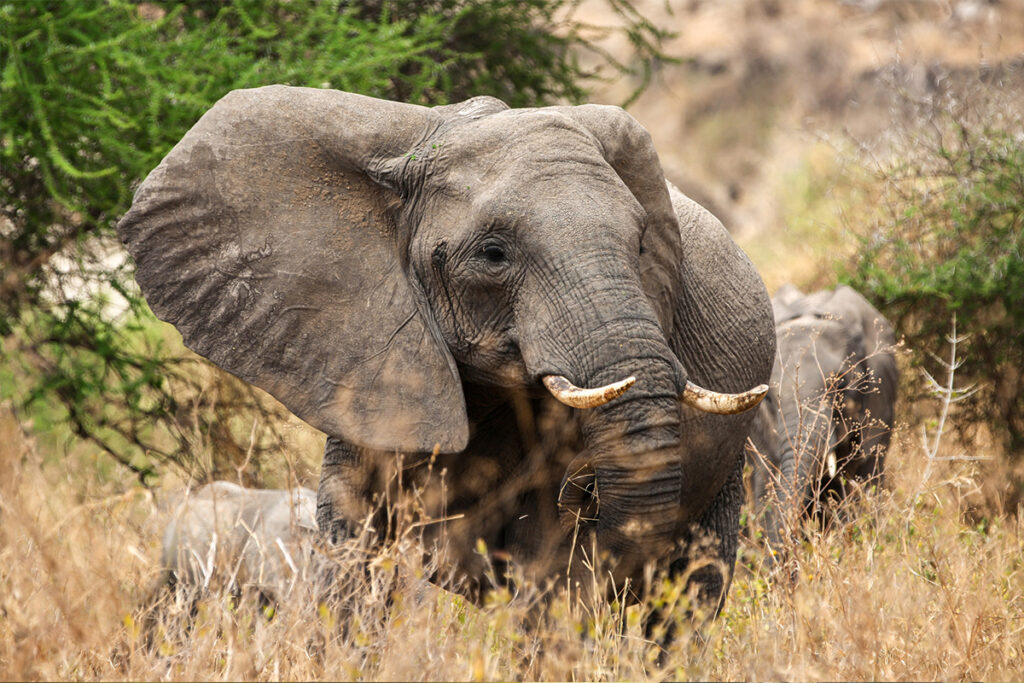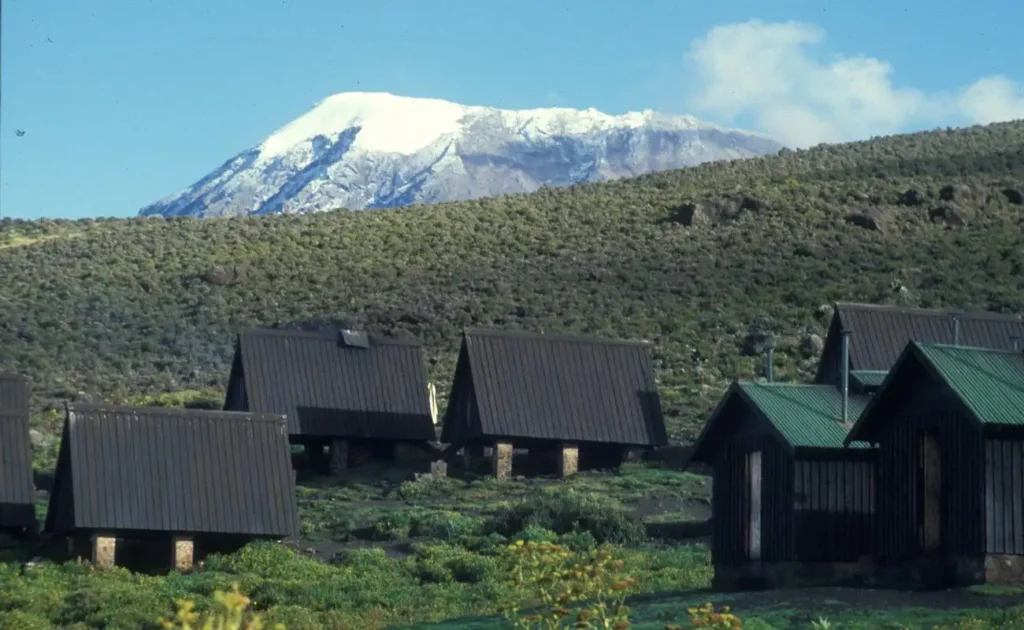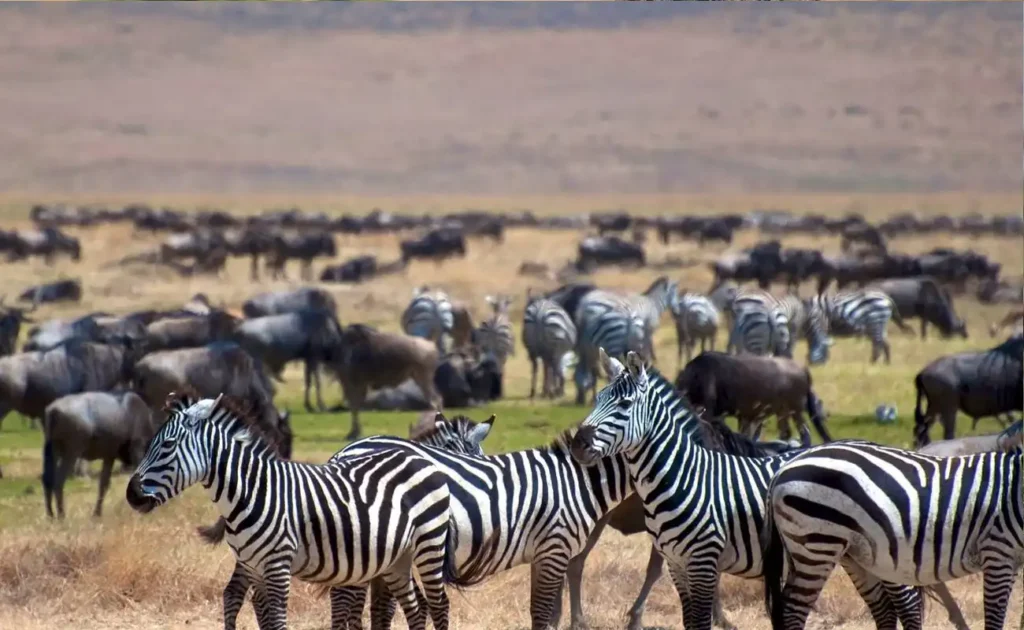On the spice-scented shores of Zanzibar, a rhythmic heartbeat pulsates through the island’s culture – the Ngoma dance. Once employed as both a tool for communication and celebration, Ngoma seamlessly blends percussive beats with graceful movements. This dance form is more than mere entertainment; it is a storytelling tradition, a cultural pillar that connects Zanzibaris with their heritage.
Ngoma, meaning “drum” in Swahili, epitomizes the island’s diverse historical influences, notably integrating Arabic, African, and Indian elements. Originally a medium to convey sacred stories and rituals, the dance today captivates audiences with both its traditional and modern adapts. A recent study shows that up to 60% of Zanzibaris have directly participated in Ngoma at community events, underlining its continuous relevance and vibrancy in daily life.

Exploring Ngoma Dance: The Heart of Zanzibar’s Culture
Ngoma dance is more than just movement; it’s the heartbeat of Zanzibar. You can see enthusiasm and skill as dancers gather to share stories through rhythm. The dance serves as a unique blend of sounds and steps that unite communities and symbolize their shared values. Over time, Ngoma has evolved, yet it remains deeply rooted in Zanzibari traditions. Its magnetic energy continues to capture the attention of both locals and tourists alike.
This vibrant dance showcases the rich history of Zanzibar, reflecting its multicultural influences. From the African mainland to Arab traders, various cultures have contributed to the evolution of Ngoma. The dance is often performed during celebrations and ceremonies, making it an integral part of local life. Through Ngoma, dancers express emotions ranging from joy to sorrow, telling stories that resonate across generations. Each performance is a living history lesson, highlighting the island’s cultural diversity.
Musical instruments play a crucial role in Ngoma dance, enriching the experience with their dynamic sounds. Drums, rattles, and wooden sticks set the rhythm that guides the dancers. Costumes, too, add a visual dimension, often showcasing bright colors and traditional designs. The combination of music, dance, and attire creates a mesmerizing performance. This multifaceted art form stands as a testament to the creativity and resilience of the Zanzibari people.
If you’re eager to experience Ngoma firsthand, Zanzibar offers numerous opportunities. Many hotels and cultural centers host performances that bring this traditional dance to life. The island’s festivals often feature Ngoma, providing an authentic experience for visitors. Engaging with local communities can deepen your understanding of this cherished art. By participating or simply watching, you become part of a legacy that continues to thrive in the heart of Zanzibar.
Ngoma ya Kibati: Swahili Traditional Dance Fiesta Zanzibar
What is Ngoma Dance?
Ngoma Dance is a traditional form of rhythmic movement deeply rooted in the cultural tapestry of Zanzibar. Its name derives from the Swahili word for “drum,” which underscores its key component—mesmerizing drumbeats. These rhythms create an infectious groove that guides the dancers’ steps. Performed at various social events, Ngoma brings people together in celebration of their heritage. It’s a dance that unites generations, providing a sense of belonging.
In essence, Ngoma is more than just a dance; it’s a storytelling medium. Through its intricate movements and expressive rhythms, it conveys tales of love, struggle, and triumph. Dancers often don traditional costumes and use symbolic gestures to narrate these stories. The layers of meaning behind each step can be fascinating to decipher. This expert opinion delves deeper into the cultural significance of Ngoma dance.
Ngoma’s origins can be traced back centuries, influenced by various cultures that have interacted with Zanzibar. African, Arab, and Indian elements have seamlessly blended into this art form. This rich cultural heritage is showcased through the diversity of instruments and dance styles seen in Ngoma performances. Over the years, Ngoma has evolved while still preserving its core elements. Its resilience highlights the importance of cultural preservation in a dynamic world.
Ngoma dance is also an educational tool, teaching younger generations about their history and values. Schools and community centers often incorporate Ngoma into their programs to ensure its tradition continues. Watching a live Ngoma performance can be an enlightening experience, revealing the depth of Zanzibar’s cultural identity. The dance invites everyone to witness and appreciate the beauty of shared human experiences. Watching an Ngoma performance can be an unforgettable moment.
The Historical Significance of Ngoma in Zanzibar
Ngoma dance holds a prominent place in the history of Zanzibar, echoing the island’s diverse cultural interactions. Historically, it served as a tool for community bonding, bringing people together during both joyous and challenging times. With roots extending back centuries, Ngoma reflects the influence of various cultures such as African, Arab, and Indian. These interactions have beautifully fused, making Ngoma a symbol of unity and resilience. The dance continues to narrate stories of the past with each performance.
The historical backdrop of Ngoma is rich and varied, with the drum being its central element. Drums are not just musical instruments; they carry symbolic weight, representing messages once used to communicate across distances. The beats, rhythms, and tempos were often used to send calls to gatherings and celebrations. As a primary form of oral history, Ngoma has preserved important cultural narratives. It functions as an auditory archive that many people treasure.
Ngoma was also pivotal in social and political gatherings, sometimes even influencing decision-making processes. Chants and movements within the dance often reflected social issues or conveyed political sentiments. This gave people a voice in times when other forms of expression were restricted. Ngoma served as a powerful platform for social commentary, promoting change and awareness. Its role in these realms highlights its multifaceted importance.
Understanding the historical significance of Ngoma requires recognizing its contributions to Zanzibari identity. The dance goes beyond artistic expression; it embodies heritage, community, and resistance. Each performance connects the present to the past, allowing current and future generations to experience their cultural roots. By engaging with Ngoma, individuals gain a deeper appreciation for the intricate tapestry of Zanzibar’s history. It’s a living tradition that continues to inspire and educate.
The Instruments and Costumes of Ngoma
In Ngoma dance, instruments play a vital role in setting the rhythm and mood. The drum, known as “ngoma” in Swahili, is the centerpiece of the ensemble. Its deep, resonant sounds provide the heartbeat of the performance. Other instruments, like rattles and wooden sticks, complement the drumming, adding layers to the music. Together, they create an atmosphere that is both captivating and energizing.
The costumes worn by Ngoma dancers are colorful and symbolic, reflecting Zanzibar’s vibrant cultural heritage. Often made from traditional fabrics, these outfits feature bright colors and intricate patterns. The designs are not just for decoration; they carry cultural meanings and tell stories from the past. Accessories like beads and ornaments are also common, enhancing the visual appeal of the dance. Such attire transforms the performers into living artworks.
Dressing in these traditional costumes helps dancers embody the characters they portray during a Ngoma performance. Every piece of fabric, every stitch, is carefully chosen to represent particular themes or historical events. These visual elements make the dance an immersive experience, inviting spectators into a world of folklore and legend. Dancers often change costumes between performances, each change revealing a new aspect of the story. The transition from one outfit to another can signify shifts in mood or scene.
The combination of instruments and costumes in Ngoma dance is truly magical. Each element, music and attire, complements the other to produce an unforgettable performance. Whether it’s the thunderous beats of the drums or the vibrant swirls of fabric, Ngoma engages all the senses. This synergy not only entertains but also educates, teaching audiences about the rich tapestry of Zanzibari culture. Experiencing Ngoma firsthand can leave a lasting impact, sparking curiosity and admiration for its traditions.
Learning Ngoma: Where to Experience Zanzibar’s Traditional Dance
If you’re eager to learn about Ngoma, Zanzibar offers numerous spots to dive into this traditional dance. Many community centers across the island provide workshops where visitors can try their hand at the rhythmic steps. These classes are often led by experienced Ngoma dancers, ensuring you get an authentic taste of the dance. Besides the movement, you also get to understand the cultural narratives behind each performance. Joining a workshop is a perfect way to appreciate the depth of Ngoma.
Stonetown, a UNESCO World Heritage site in Zanzibar, is especially vibrant with Ngoma events. Here, cultural festivals frequently feature live Ngoma performances, showcasing their intricate music and elaborate costumes. During these events, the dancers’ energy fills the air, creating an electric atmosphere. Attending a festival here not only lets you witness Ngoma but also immerses you in the rich cultural tapestry of Zanzibar. It’s an experience where the past and present beautifully converge.
For a more intimate setting, several hotels and resorts in Zanzibar organize Ngoma nights. Guests can enjoy these dance shows against the backdrop of the Indian Ocean, adding a magical touch to their stay. Some places even invite guests to join in, giving them a hands-on experience of the dance. Watching these performances at sunset, with waves crashing nearby, makes for a memorable evening. This combination of relaxation and cultural education is a highlight for many visitors.
Schools and local organizations often have Ngoma programs for children and amateurs. These spaces ensure the tradition continues by passing on the dance’s techniques and stories to new generations. Participating in such programs, whether you’re a child or an adult, enhances your connection to Zanzibar’s cultural essence. Learning Ngoma can be both fun and enlightening, offering insights into the island’s soul. It’s a journey of movement and meaning that leaves a lasting impression.
Discovering Ngoma can be both enlightening and exhilarating, offering insights into the island’s soul. By engaging in its rhythm and learning its history, you connect deeply with Zanzibar. The dance’s timeless beats offer a captivating way to explore the island when visiting. Embracing Ngoma invites you into a vibrant world of movement and tradition. It promises an enriching experience unlike any other.
The Role of Ngoma Dance in Modern Zanzibari Society
Ngoma dance continues to play a significant role in the cultural landscape of modern Zanzibari society. It serves as a bridge between generations, allowing younger members to connect with their ancestral roots. In many communities, Ngoma is a centerpiece of public festivals and private celebrations alike. Its rhythms bring people together, reinforcing bonds and shared heritage. As such, it remains a vital cultural treasure on the island.
Social events in Zanzibar frequently incorporate Ngoma, where it acts as a vibrant backdrop to gatherings. Weddings, religious ceremonies, and festivals all showcase this dance, offering participants a chance to express joy and unity. Through these performances, Ngoma also fosters a sense of community and belonging. Watching or participating in Ngoma builds a collective spirit among attendees. The dance fosters a sense of identity, celebrating Zanzibar’s rich cultural diversity.
In an educational context, Ngoma has found its way into schools and cultural programs. Educators use it as a teaching tool to impart historical and cultural knowledge to students. This hands-on learning approach helps preserve the dance while promoting cultural literacy. By engaging with Ngoma, Zanzibari youth gain a deeper appreciation of their heritage. They learn not just the movements, but the stories and values embedded within them.
Ngoma’s influence extends to the tourism sector, attracting visitors eager to experience Zanzibar’s authentic traditions. Performances are a major drawcard, showcasing the island’s vibrant cultural scene to an international audience. Many tourists seek to engage more deeply by attending workshops or lessons during their stay. This not only boosts tourism but also reinforces Ngoma’s status as a cultural ambassador. It has become an essential part of the island’s identity, both locally and globally.
Good for both locals and tourists, Ngoma provides opportunities for engagement and participation. Its enduring presence points to the dance’s ability to adapt while maintaining its core values. By continuing to evolve, Ngoma remains relevant in modern society, reaffirming its role as a cultural cornerstone. This adaptability ensures it will be cherished for generations to come, keeping its spirit alive in a rapidly changing world. Embracing Ngoma means embracing the very heart and soul of Zanzibar.
Key Takeaways
- Ngoma dance is central to Zanzibar’s cultural identity.
- The dance combines rhythmic drumming with storytelling through movement.
- It brings communities together during celebrations and significant events.
- Ngoma reflects a mix of African, Arab, and Indian influences.
- It’s a bridge connecting today’s youth with their rich heritage.




